Final Fantasy born again
Fixing Square Enix's problem MMO.
"Five years have come and gone. Man labours tirelessly to raise himself from calamity's ruin." Is the voice over played during Final Fantasy 14's all-new introductory sequence a cry for help from the game's weary development team? Certainly the 200 staff at Square Enix's Shinjuku office tasked with re-making this forsaken MMO - the greatest and grandest critical and commercial failure to bear the Final Fantasy name since 2002's CGI disaster movie The Spirits Within - are eager to let you know just how hard they've been working. 'Tirelessly', they assert, before promising that Eorzea, the setting for this online role-playing game, is "forever changed".
Launched in September 2010 just as the MMO RPG's popularity was beginning to wane, Final Fantasy 14 was neither the game that fans wanted nor the game that Square Enix needed. Anachronistic, poorly explained and, in places, simply unfinished, it attracted widespread criticism, prompting an apology from Square-Enix's president and the sacrificial resignation of Hiromichi Tanaka, the game's producer and one of the company's longest-serving employees.
After two years of limping adventure, the company powered down the servers resulting in a virtual Armageddon that saw Eorzea disappear, gone but not forgotten. The potential of this lingering bad memory to sully the Final Fantasy name is arguably what's inspired such a full scale and aggressive re-investment in this remake; a multi-million yen appeal from the company to make things right again. Few other video game publishers in the world would be willing and able to invest the time, effort and money into a salvage operation of this scale. Yet Final Fantasy remains the company's most valuable property and, as such, has a reputation worth protecting - seemingly at any cost.
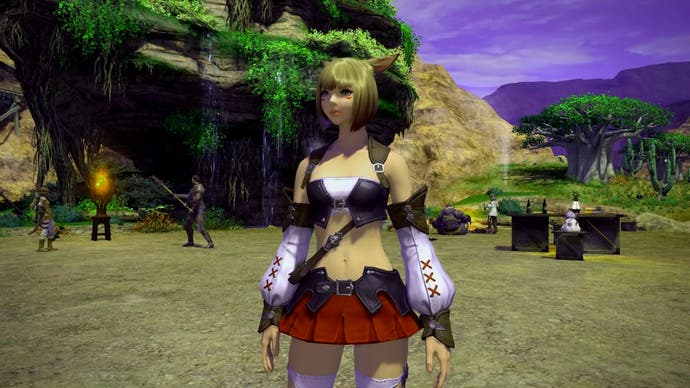
Of greater interest to Final Fantasy fans is Yoshida and his team's focus on series lore.
Following Tanaka's departure, A Realm Reborn - which is in closed Beta during the weekends, and set for full launch in August 2013 - is now under the direction of Naoki Yoshida, a designer who cut his teeth on Hudson's Bomberman series. Yoshida has been eager to assert two things in the lead up to this Beta phase: firstly, that he had absolutely nothing to do with Final Fantasy 14 1.0, as the company now refers to the original game, and secondly, that he is an avid fan of the genre, a fascination that makes him the ideal saviour of this beleaguered world.
The transformation is exhaustive. As well as being built on an entirely new graphical engine, the game's server system, battle system, user interface and map system have all been redesigned and redeveloped from the ground up, immediately giving A Realm Reborn a more contemporary feel. Superficial changes include lens flare (in the best tradition of late 1990s video games), new textures, characters and detail. Players can now jump and many of the buildings that served as mere decoration in the original can now be entered and explored.
Battles in particular are quicker, more frantic and action-based than before, a pacing change that works particularly well on PlayStation 3. Indeed, the console version of the game (which connects seamlessly with the PC's servers; accounts are cross-platform and work between machines) works particularly well, with thoughtful button mapping (fully configurable) that makes the vast majority of in-game tasks straightforward. A new feature dubbed FATE (Full Active Time Event) now creates impromptu, localised battles that anybody within the vicinity can join in with for shared experience and loot, a neat idea that brings strangers together in a brief moment of collaboration and co-operation.
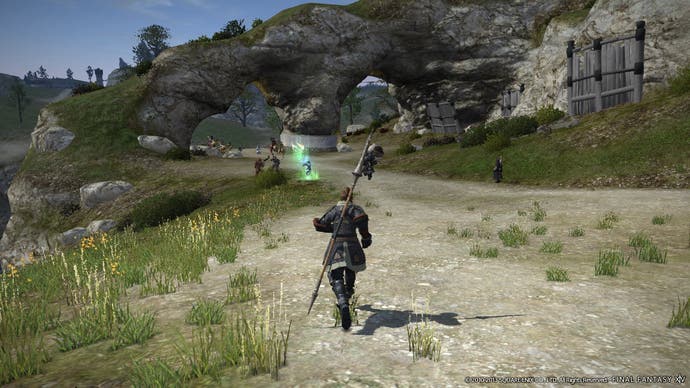
The world has also undergone major expansion, the original's eight field zones embellished to no fewer than 40 for launch. But of greater interest to Final Fantasy fans is Yoshida and his team's focus on series lore. Chocobos - the giant lumbering chickens present in the series since the second game - can be hired and used as transport, while the petite white teddy bear Moogles offer a mail service similar to that seen in the ninth game. The sixth game's Magitek Armour tanks will be included as a means of transport and up to 24 players can join together to take on the Crystal Tower, one of the dungeons from the 1990 Famicom game, Final Fantasy 3. Yoshida has even dropped hints about adding Final Fantasy 7's Gold Saucer location, while that title's supporting character Cait Sith features in the all new storyline.
The plot itself draws inspiration from Final Fantasy 6's focus on the political machinations of empire. After splashing about in the game's starting location, running various errands and upgrading basic armour and weaponry, players soon discover the existence of Garlemal, an enemy faction to the North. This empire is a technologically advanced super power seeking to conquer the Eorzean city-states of Gridania, Limsa Lominsa and Ul'dah. In the game's storyline adventurers must lend their strength to one ofthree 'grand companies' in order to drive back the imperial menace.
As well as this narrative threat, A Realm Reborn also brings large-scale player vs. player battles to the Final Fantasy universe for the first time, while the team is promising that raids will be handled in a way not seen in any other MMO on the market.
Despite these fundamental changes, Final Fantasy 14 will launch at a difficult moment in time, mere weeks before the arrival of the next generation consoles and, at a point where World of Warcraft subscriber numbers are dwindling. Bungie's Destiny and Ubisoft's The Division indicate that massively multiplayer online games may well be the 2014's driving trend, but these titles have moved away from fantasy settings towards the shooter, with all the novelty this shift in focus affords. A Realm Reborn's overhaul may simply be too late to attract to kind of numbers that Square Enix requires to justify all this monumental effort. Regardless, for the publisher at least, Final Fantasy 14 is not a world beyond saving. The question now is who - and how many - will answer the call to save it.
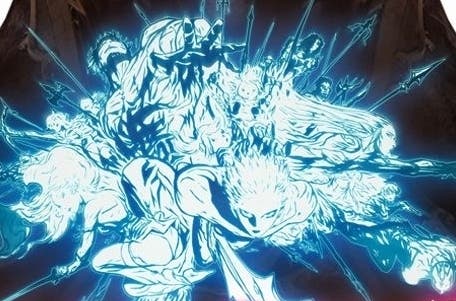



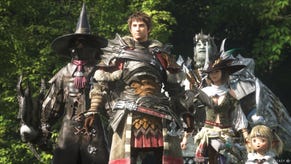


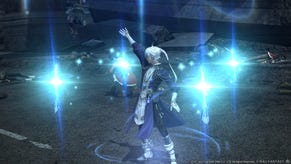





.png?width=291&height=164&fit=crop&quality=80&format=jpg&auto=webp)


